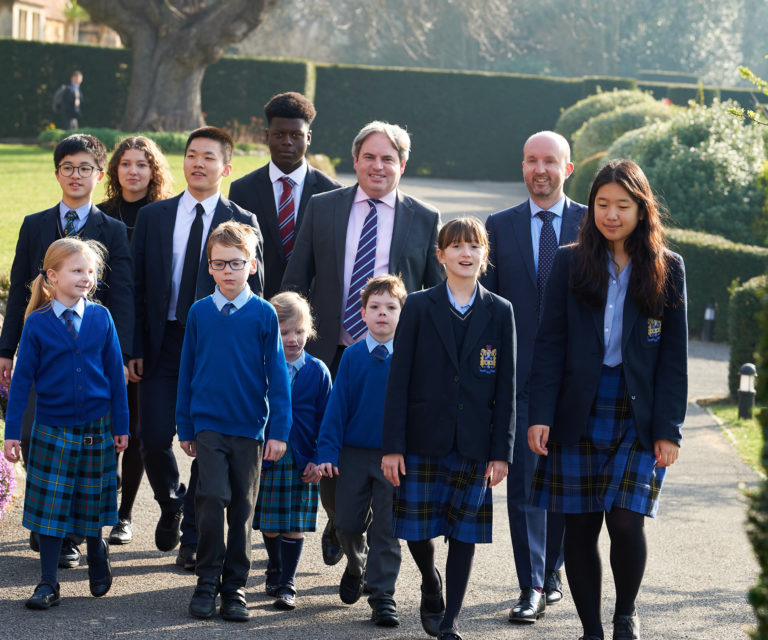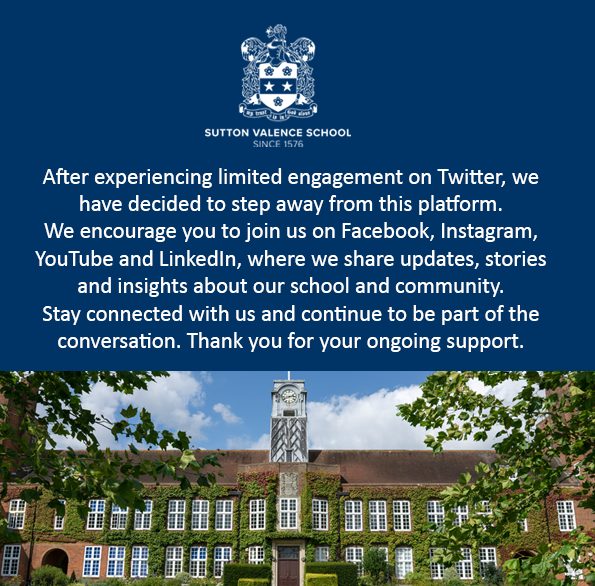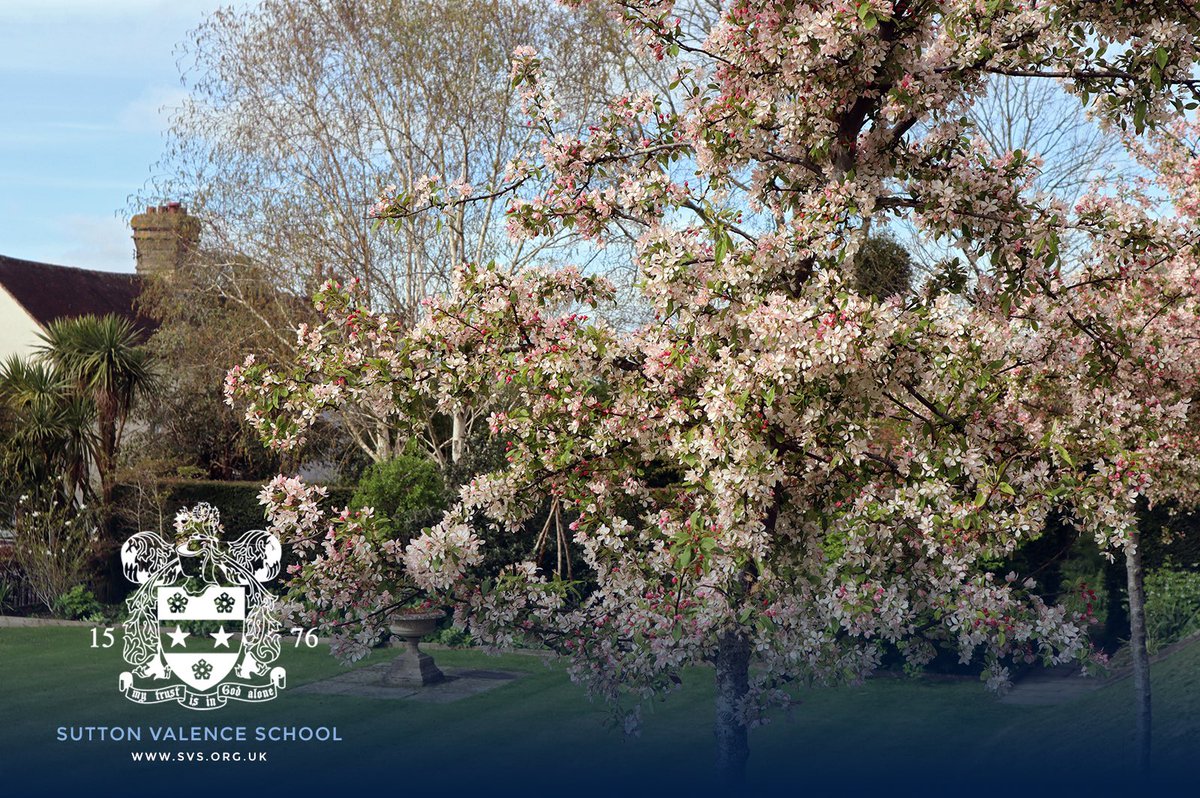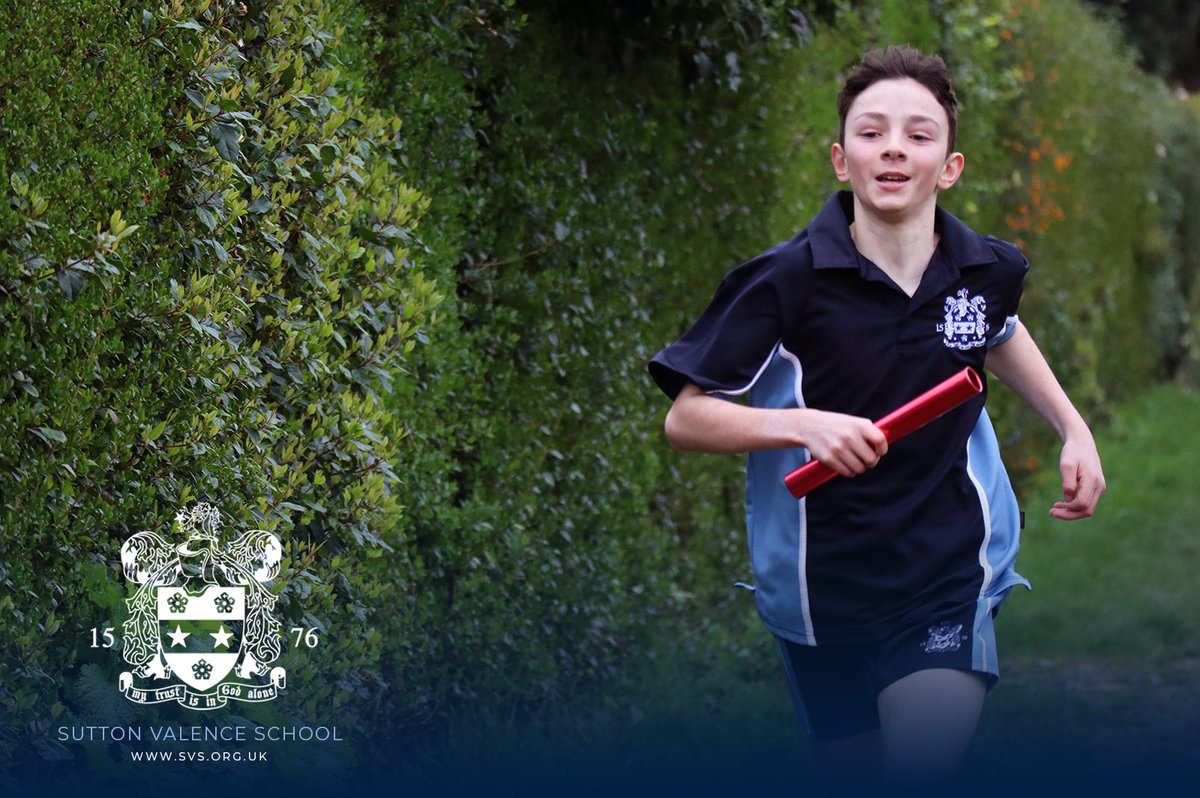Over Half Term, a group of Sixth Form students took a STEM trip to Iceland with a busy itinerary of visits and activities. Students have written some reflections on the trip below.
“Upon arriving in Iceland at Keflavik on Sunday, and then checking into our hotel in Reykjavik, we changed into winter gear and walking boots and went on a night walk through the rather rainy streets of the city, with a backdrop of coastal wind and phenomenal shadowy mountains. A wild country surrounding a modern city was not a contrast that was lost on us, but it was the almighty height of Hallgrimskirkja that became our stop for the evening. The Lutheran Church stands at 74.5 metres tall, the tallest building in Reykjavik, and was designed in 1936 with inspiration from the trap rocks, mountains and glaciers of Iceland.
Thoroughly adjusted to the wet and cold, and with Reykjavik suitably admired, Monday saw a visit to the beach, though it was rather too windy to sunbathe. Instead, samples of sea-life were collected and returned to the lab, where a series of talks were given at the Suderness Science Centre, built into an old fishery. With most of the work on the migration of birds, and an exhibit on French explorer Jean Baptiste Charcot and his ship Pourquoi Pas? (Why Not?) which crashed and sank in 1936, the science centre was an exciting first stop on the Icelandic journey.
Following the science centre and a healthy dose of packed lunch, it was time to visit the world-famous Blue Lagoon. Originally built using the natural pool formed by wastewater of the nearby Geothermal Power Plant, the Blue Lagoon spa pumps natural geothermal water from two kilometres underground to the surface pool, resulting in a water temperature of 38 degrees celcius, a stark contrast to the almost freezing air surrounding the pool.
Monday concluded with a return to the hotel, but not before a few people decided to spend a little too long in the lagoon! After dinner, we enjoyed relaxing with cards and board games – although some in the group were a little over competitive when it came to playing Uno! We now realised we were going to need plenty of sleep to get through the busy Iceland itinerary.”
-Thomas D Upper Sixth)
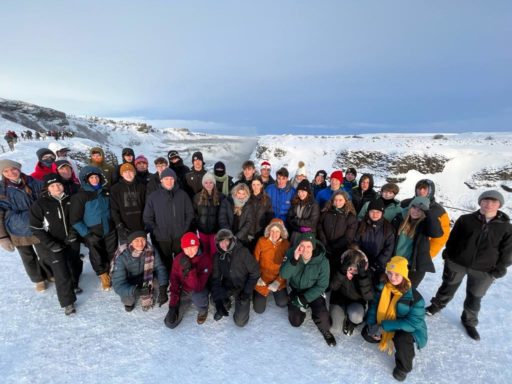
“Tuesday was a day of genetics and the planetarium, so the biologists and physicists were thoroughly excited. We began by heading to the De-Code Genetics centre for a talk on the genetic sequencing project in Iceland. The group learnt about the techniques used to collect and analyse genetic samples and the potential benefits of the gathered information. The genetic information collected has been used to create the ‘Book of Icelanders’. The data analysis was being used to research genetic mutations that cause an immunity to Alzheimer’s, common phobias and to develop medicines.
Next the group headed to the Perlan Planetarium. We began with a talk in the planetarium about the Northern Lights (Aurora Borealis) which was not as good as the real thing but was still amazing; especially when the depiction of the solar flares flying towards Earth filled the domed screen with streaks of light that appeared to be falling around you. The aurora is caused by solar flares breaking through the magnetic fields surrounding the earth and crashing into the atmosphere. It is astonishing that something so random and mathematical can create such a beautiful event.
After the talk, we explored the centre with a range of interactive activities. Personally, the highlight was the ice cave, a manmade structure of snow and ice collected from a nearby glacier. It was minus 15 degrees in the cave so I was glad that I brought my coat! The cave consisted of a series of icy tunnels with an ice throne at the centre, which made for a royally icy photoshoot. To end the planetarium trip a few of us walked to the nearby geothermal beach where we heard some interesting facts from Mr Evans and took some fun, but rather underexposed polaroid photos!
The evening activities were great fun with bowling (where Ed Evans showcased his unique bowling technique!) then an exploration of Reykjavik where Ed Davis turned himself into the new group Viking, complete with helmet and fur throw. After dinner, we headed out for an outdoor swim at the nearby geothermal heated pools. It was a great way for everyone to relax whilst trying out the various hot tubs (the 40 degree one being the most popular and the icy ten degree one, less so). The day concluded wonderfully with a walk through the falling snow back to the hotel.”
-Lily Goodwin (Upper Sixth)
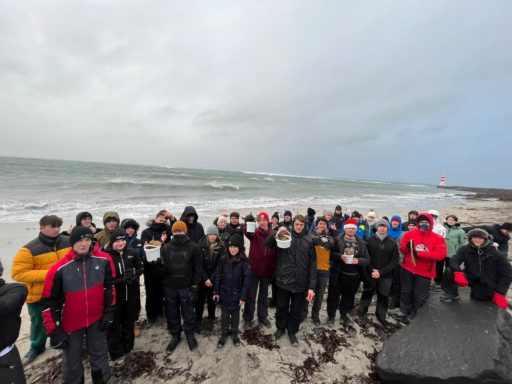
“On Wednesday morning, the group had an early start to drive to the ON Hellisheidi Geothermal Power Plant, taking in some beautiful scenery from the coach window, including a volcanic mountain range and frozen lake shores. Once we arrived at the Power Plant, we were given a quick lecture on the mechanics of Geothermal Energy, before being let loose to explore the plant for ourselves. This included an exhibition on the history of the Power Plant, and the positive impact that it continues to have on Iceland’s economy and environment. After a few pictures, we stopped for a quick walk next to a picturesque river in a geothermal springs hot spot, before continuing on to the Geothermal Park, where we were given the opportunity to bake bread and eggs using the hot springs next door to the visitor centre. They were delicious, despite smelling slightly of sulphur!
Having refuelled, we completed the short coach ride to one of the more unexpected stops on our tour: a tomato farm, heated and lit completely by geothermal energy. We were surprised to find bees buzzing around us and found that the family-owned company bred their own, allowing them to pollinate their crops at little extra cost, and with no pesticides (as the plants were inside a greenhouse). This all gave the tomatoes we tasted a fantastic flavour. After trying the company’s signature tomato soup, we headed off to a site that was more traditionally Icelandic: Stokkur Geyser Park. Listening to our tour guide Runar, we watched as one of the largest geysers in Europe erupted 40 metres into the air. An unforgettable experience. The geographical theme continued as we completed the short journey to Gullfoss Waterfall, which famously falls into the tectonic rift between the divergent plate boundary of the Eurasian Plate and the North American Plate. The icy walk to the waterfall, unfortunately, led to Mrs Kitchen taking a tour of Reykjavik Hospital, having sustained a concussion after slipping on the ice. We were very pleased when we heard that she was back at the hotel feeling better. After a very busy day, the group caught the coach back into Reykjavik for a Viking Feast, where we sampled traditional Icelandic dishes including dried fish and mussel soup (which was surprisingly delicious!)
After a select few had been named Honorary Vikings (a title we were very proud of), the group was in good spirits as we set out for what was to be the last stop, and what turned out to be the highlight, of the entire trip. After driving 45 minutes into the Basalt fields surrounding the city, we stepped into the freezing Icelandic night. As February is the best time of the year to see the Northern Lights, we had hoped to catch a small glimpse of the famed spectacle. Amazingly, we saw a full array of lights, clearly visible and growing brighter the longer we stayed. We all took the opportunity to grab some spectacular pictures, and finally pulled ourselves away from the lights and back onto the coach for the return journey to the hotel. After a 16-hour day, we fitted in two hours of sleep before boarding our flight back to the UK. As Iceland faded into the clouds, we reflected on a truly incredible trip, filled with memories that we will treasure for a long time to come. We are all very thankful to Mr Evans, Dr Henshaw, Mrs Kitchen and Mrs Loy for organising such a memorable trip which, for some of us, will be our last year at SVS.”
-Edward Evans (Upper Sixth)
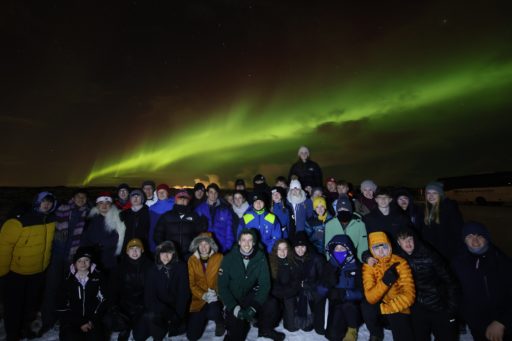
You can watch a montage of highlights of the trip here.

